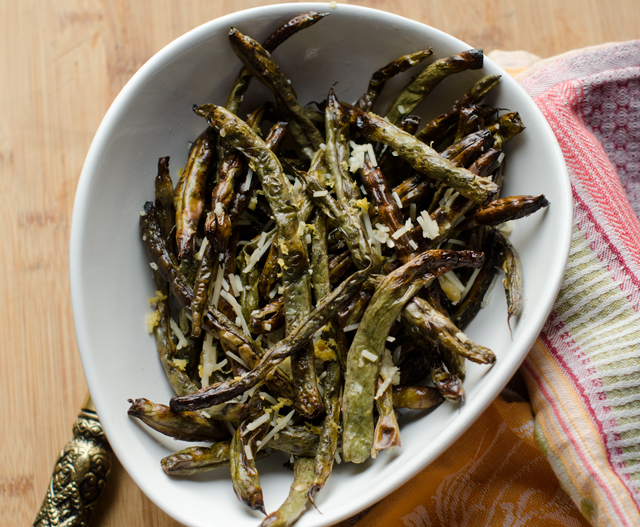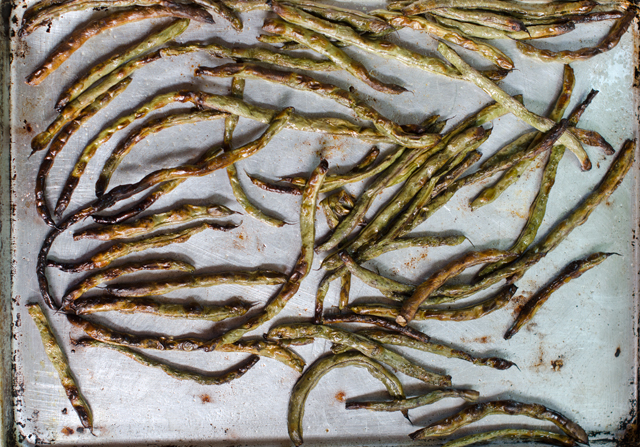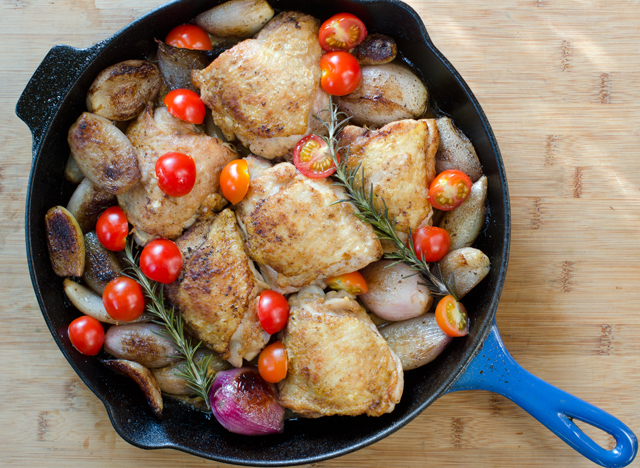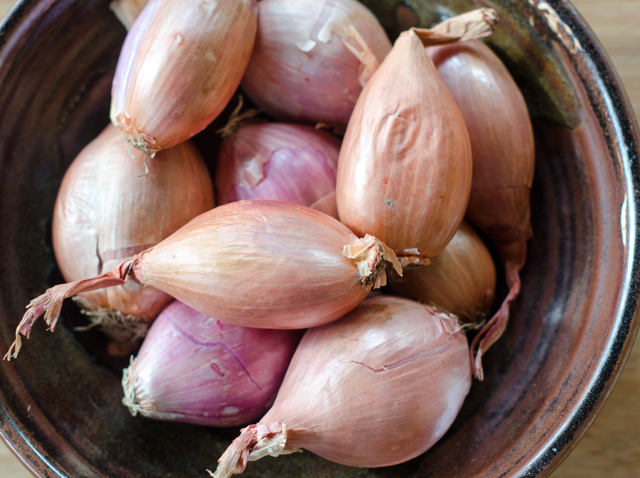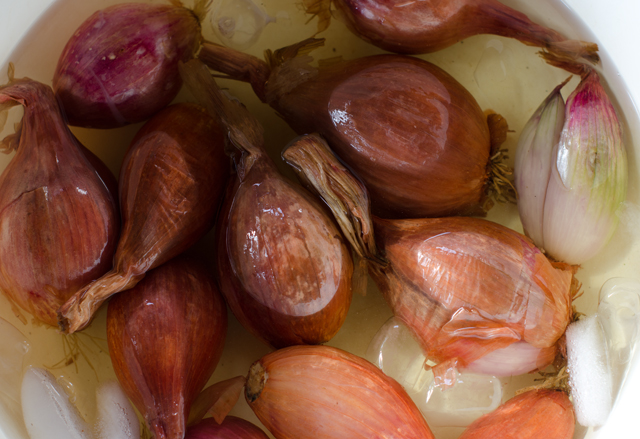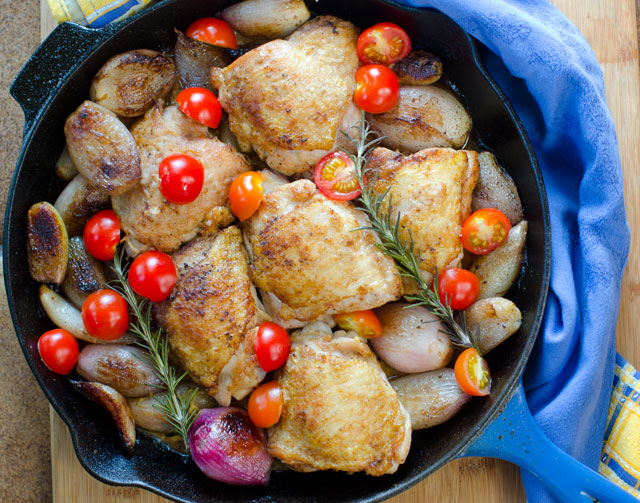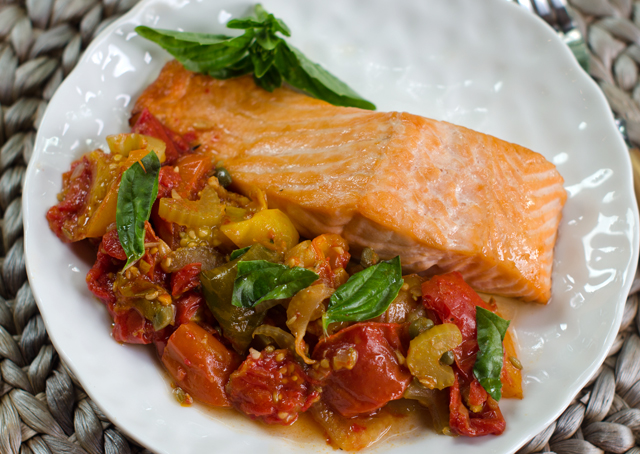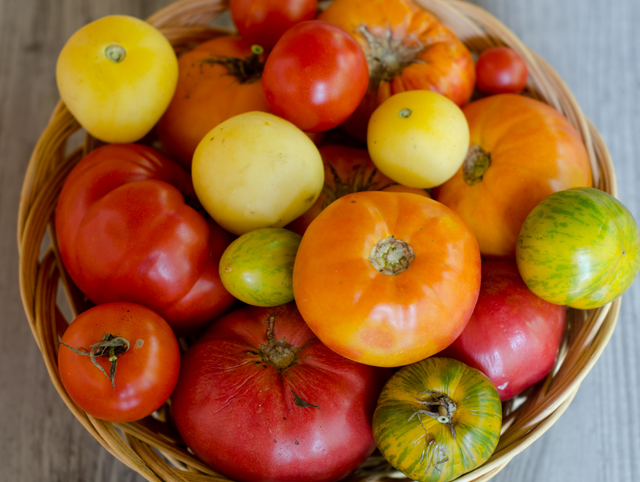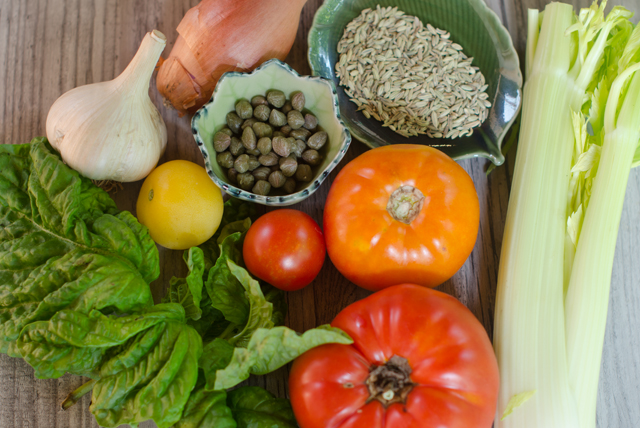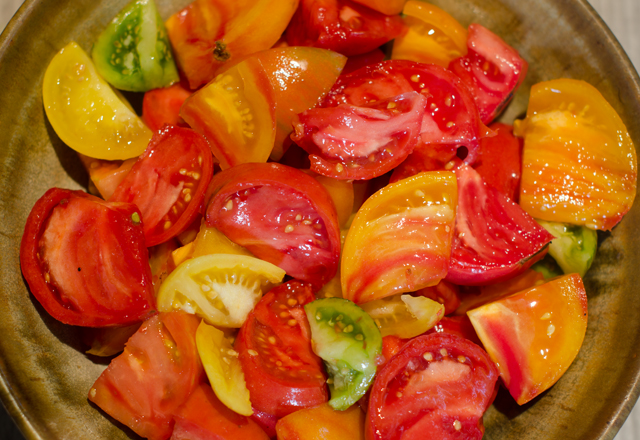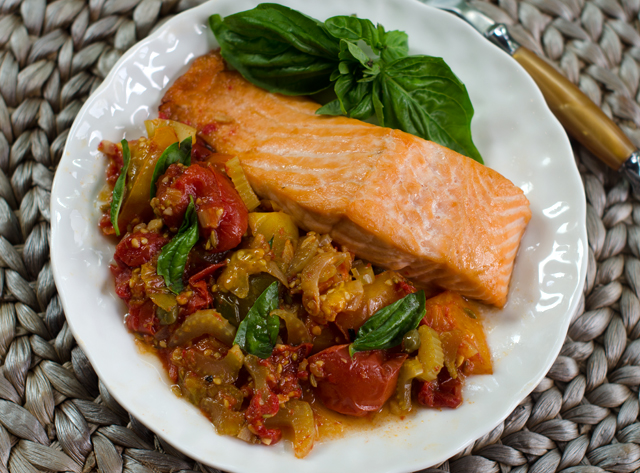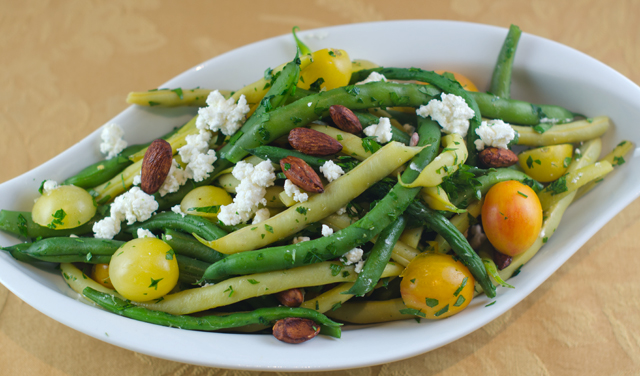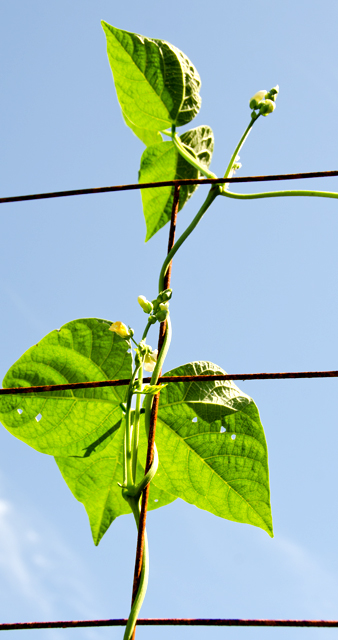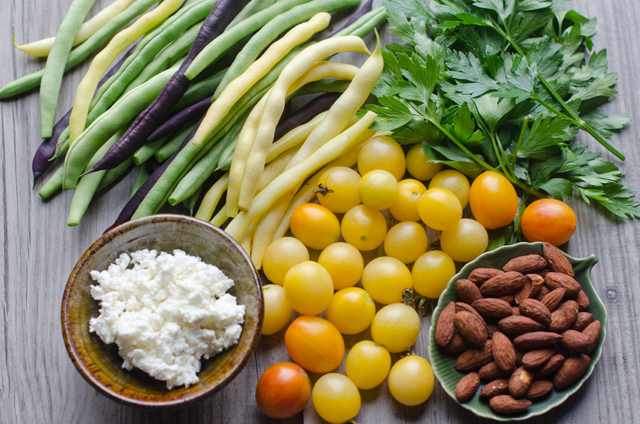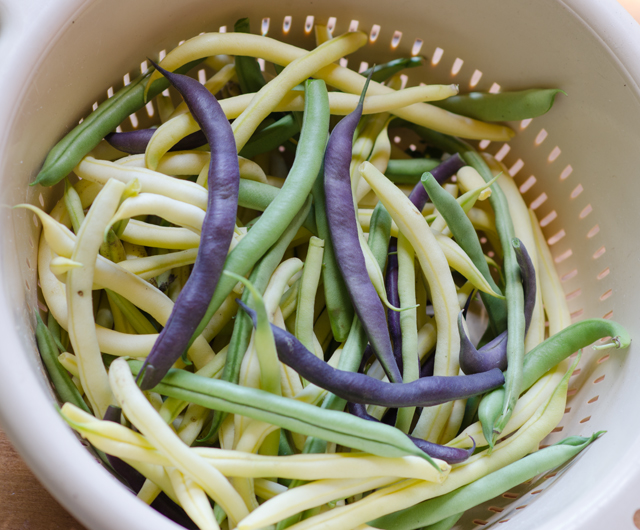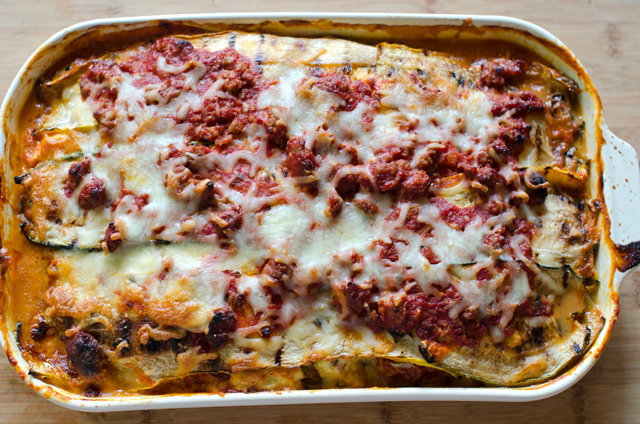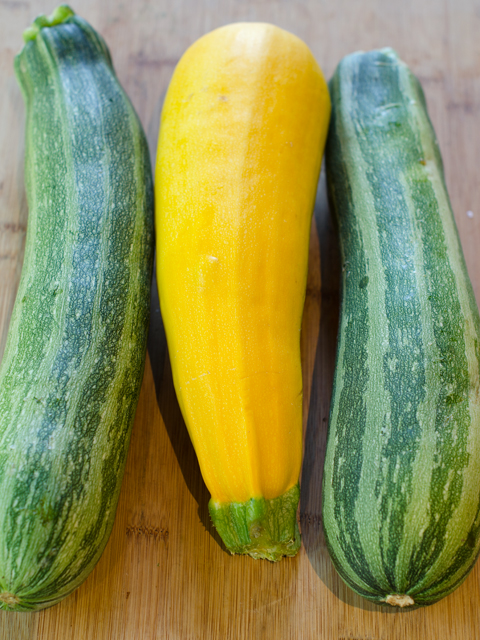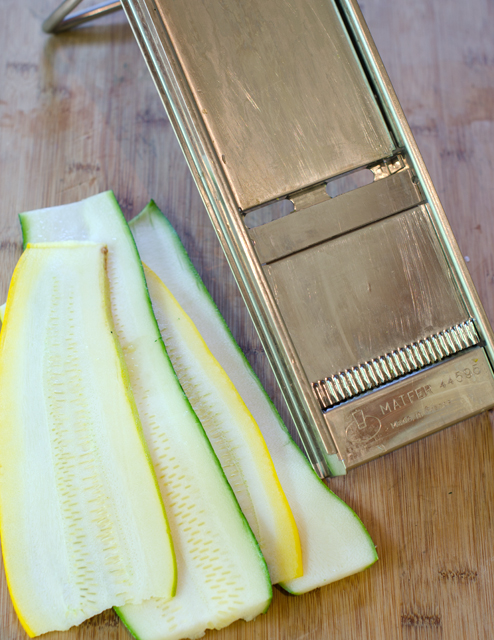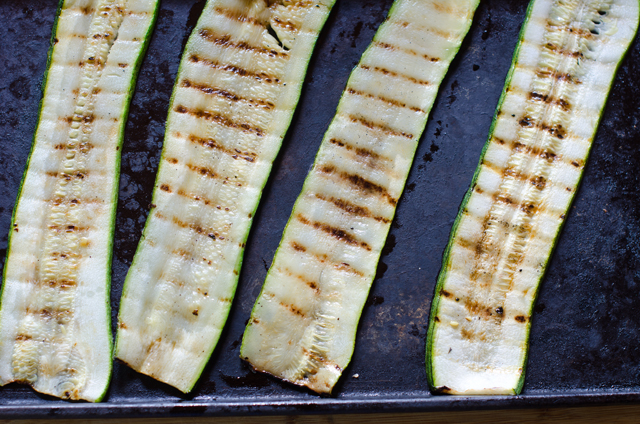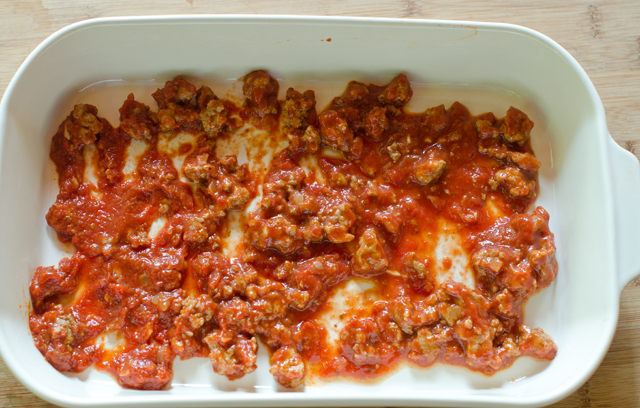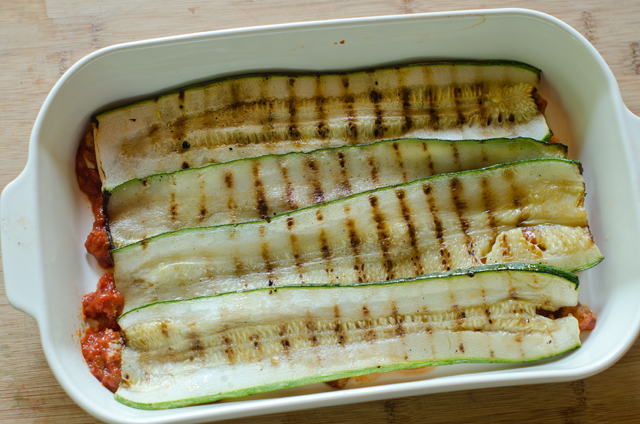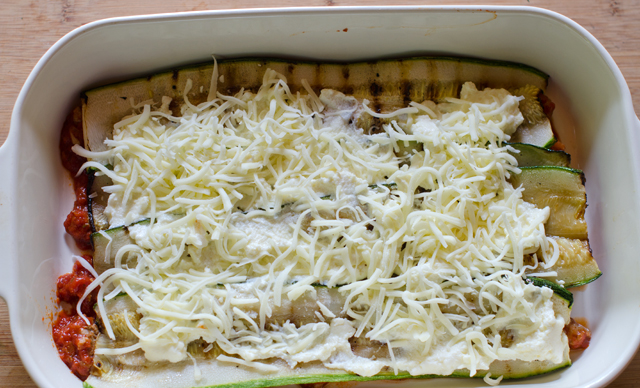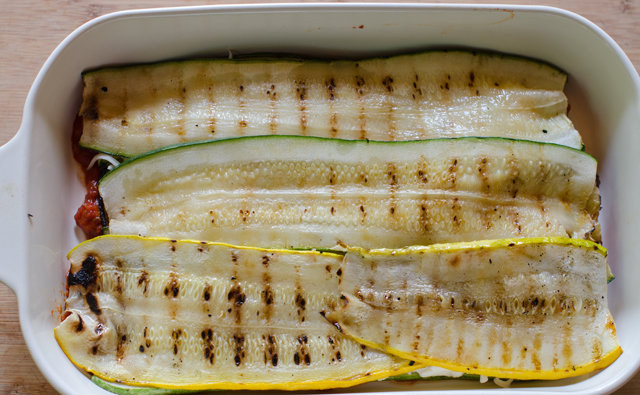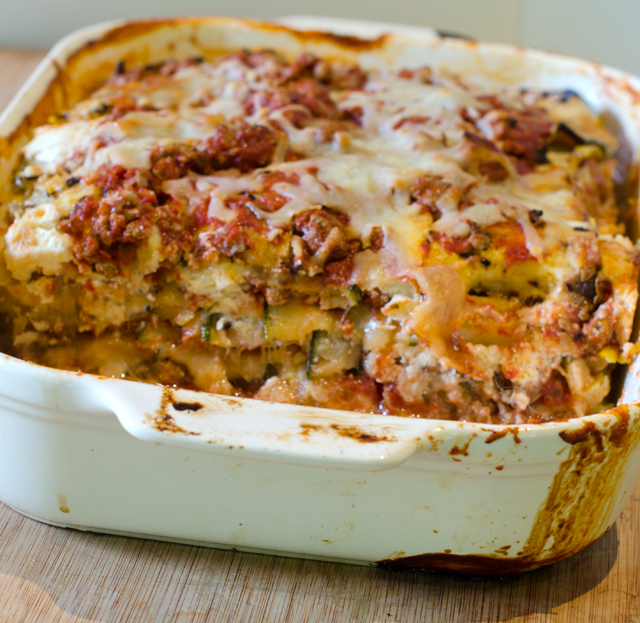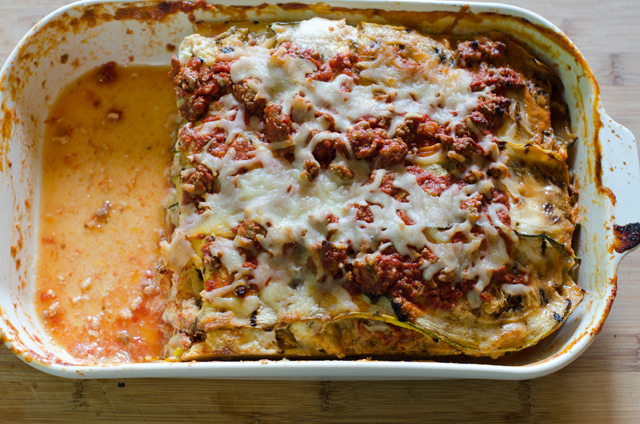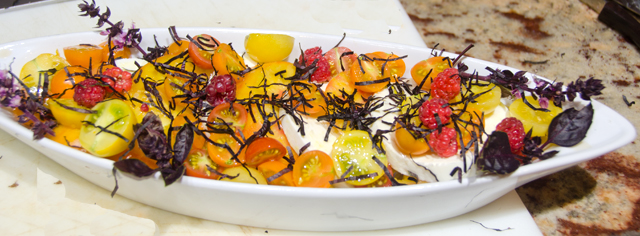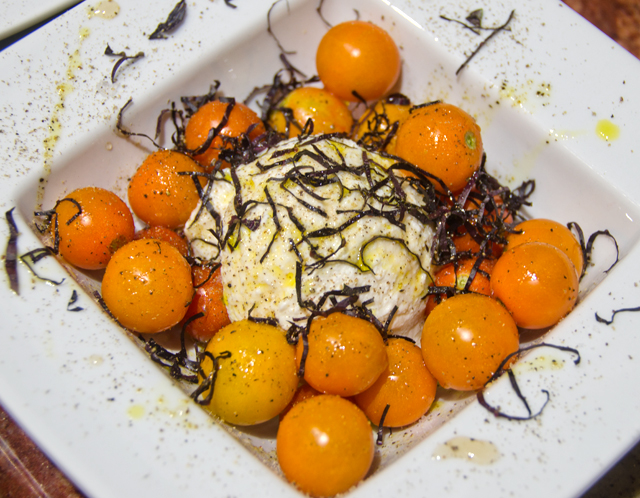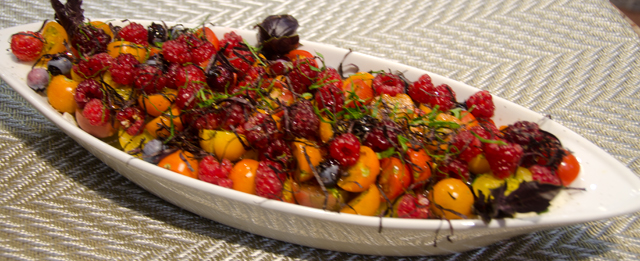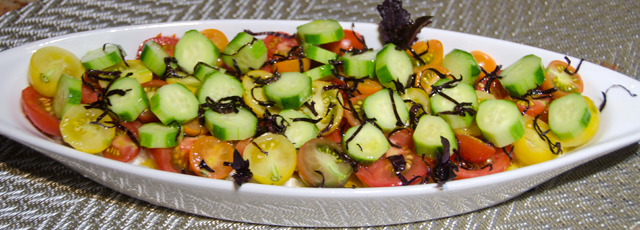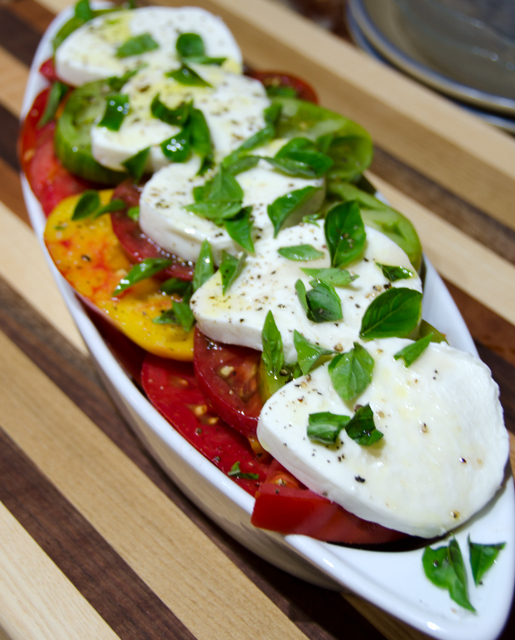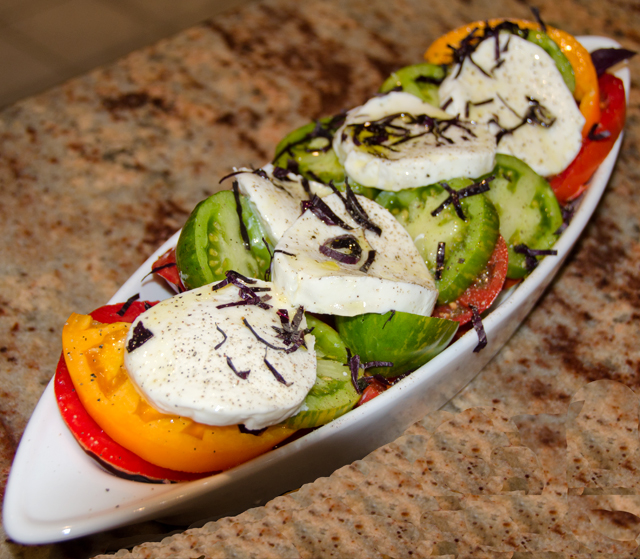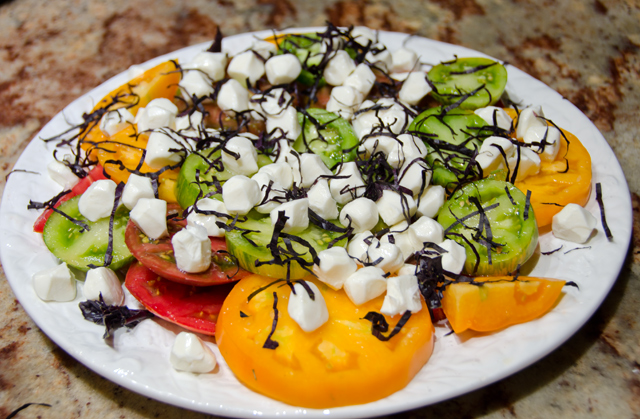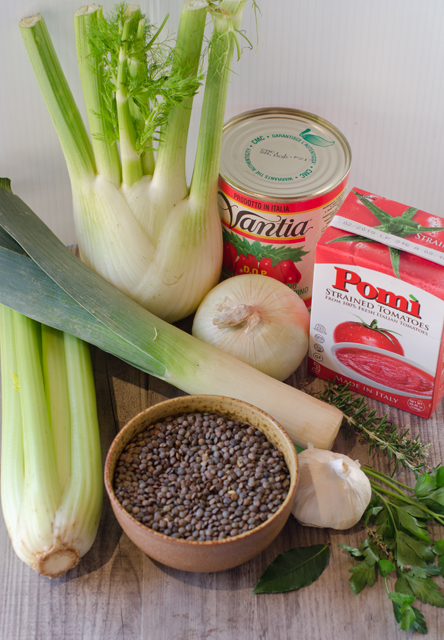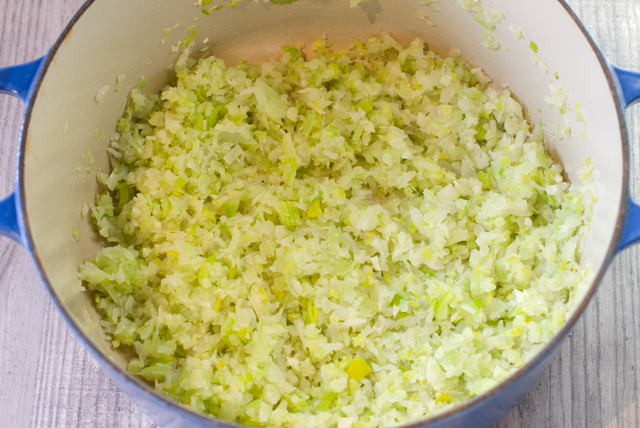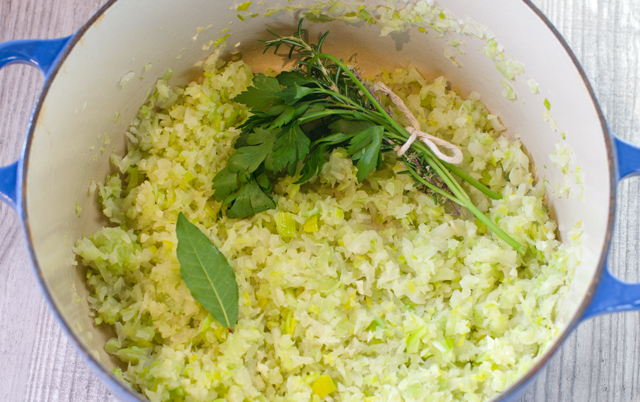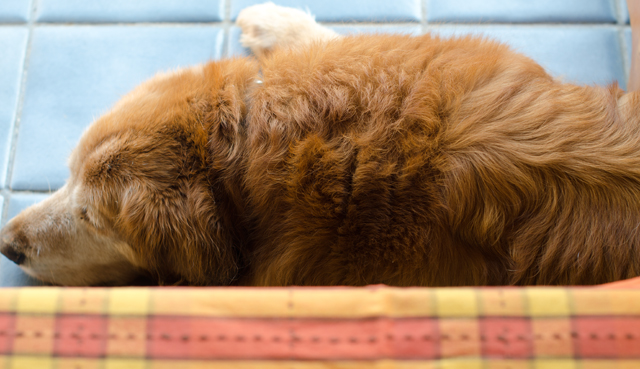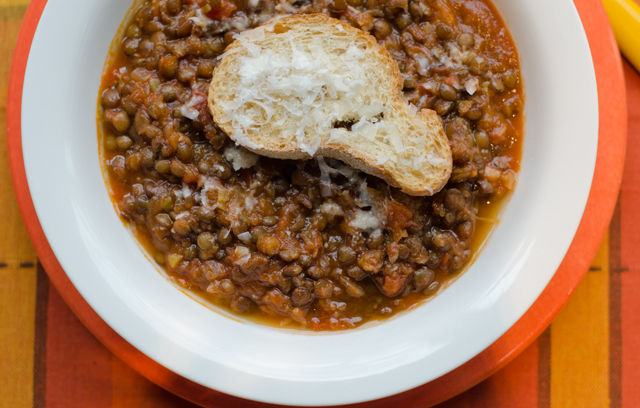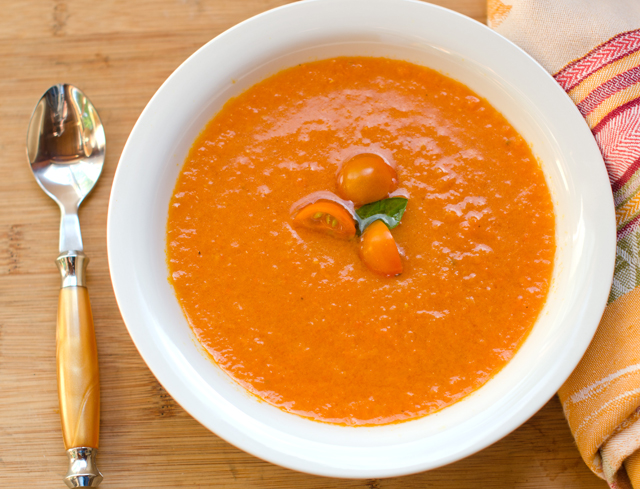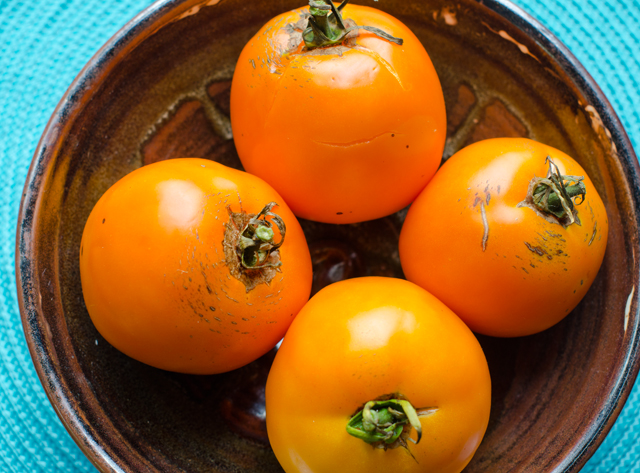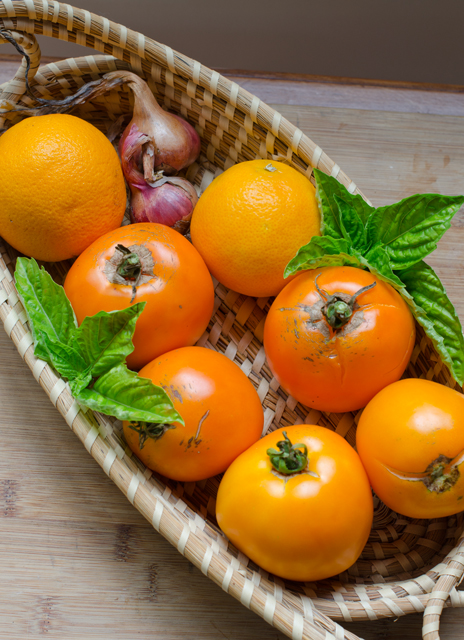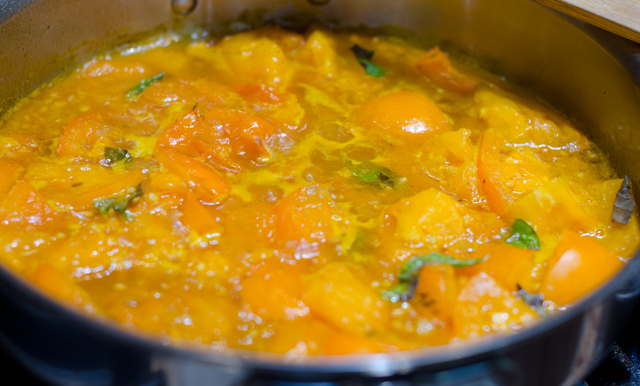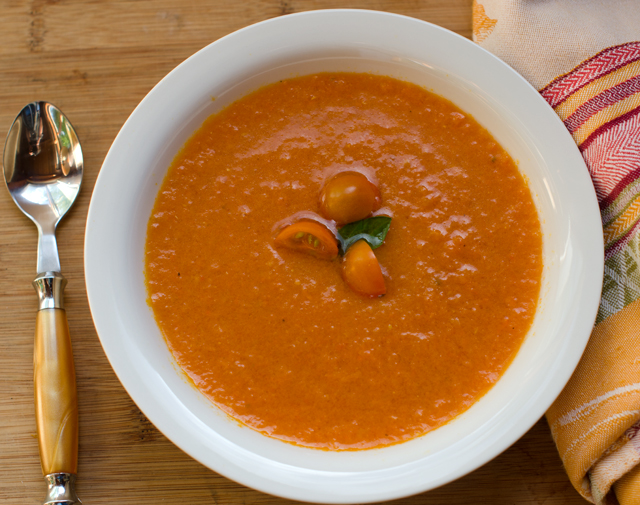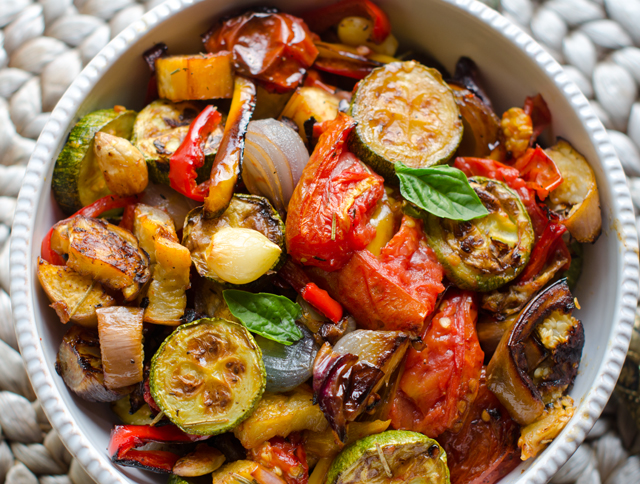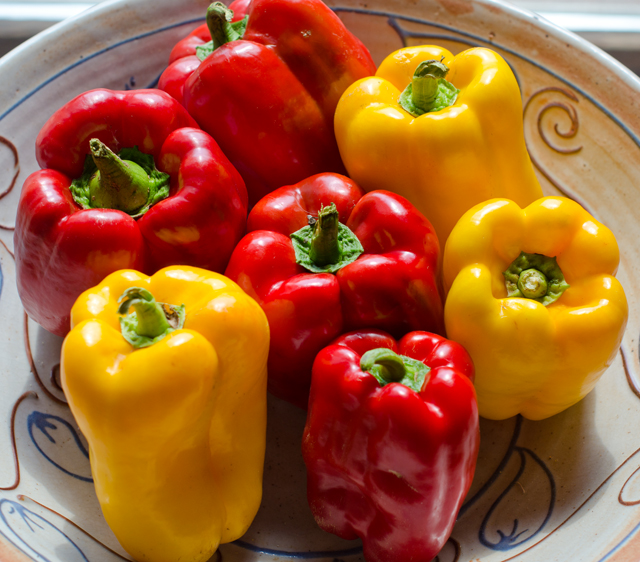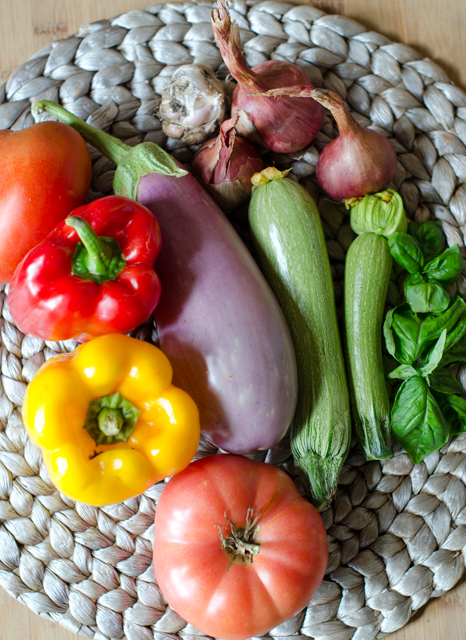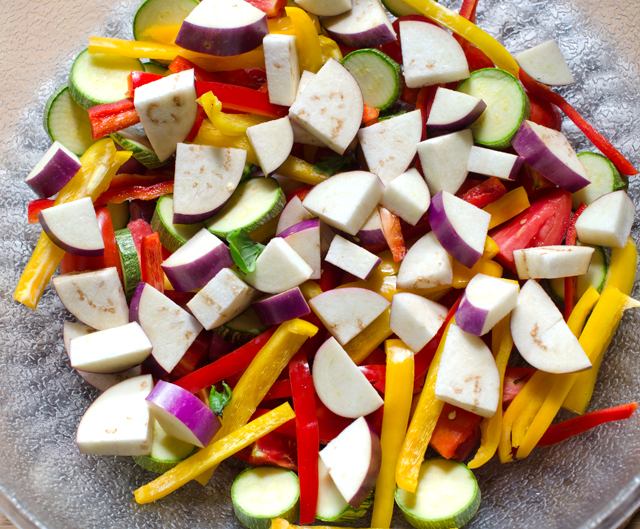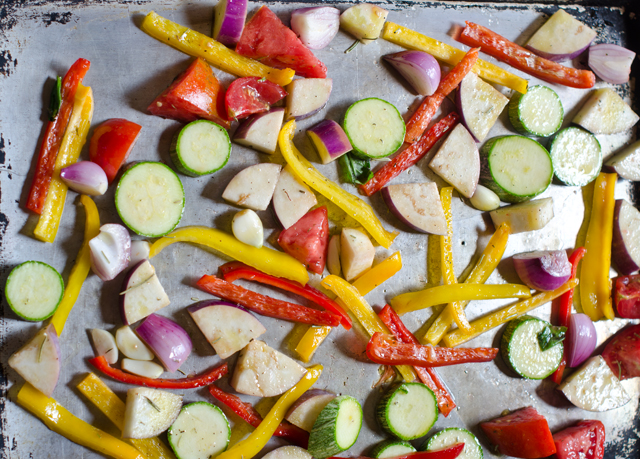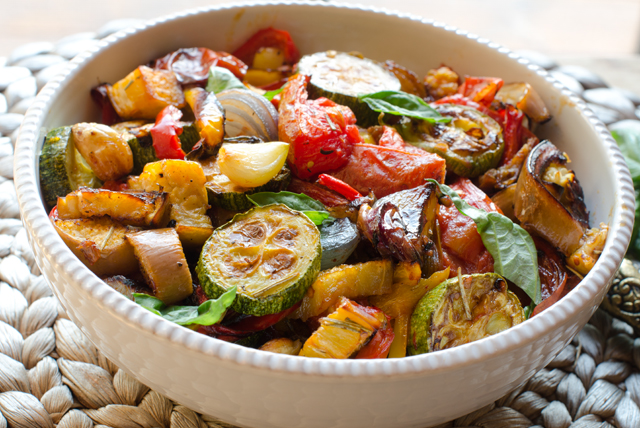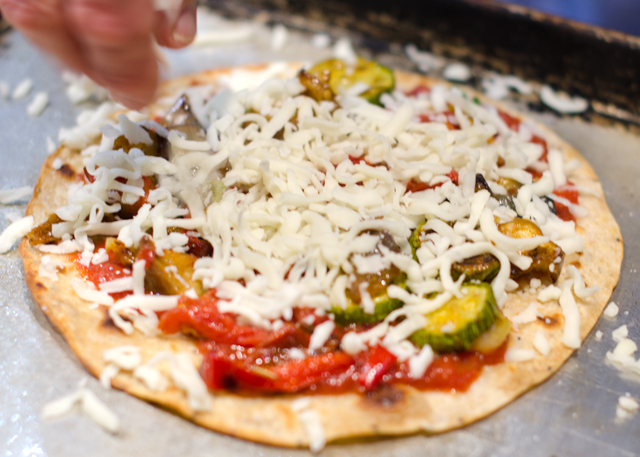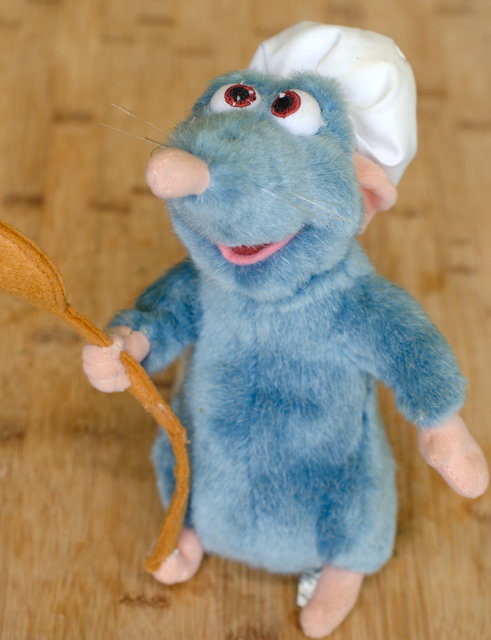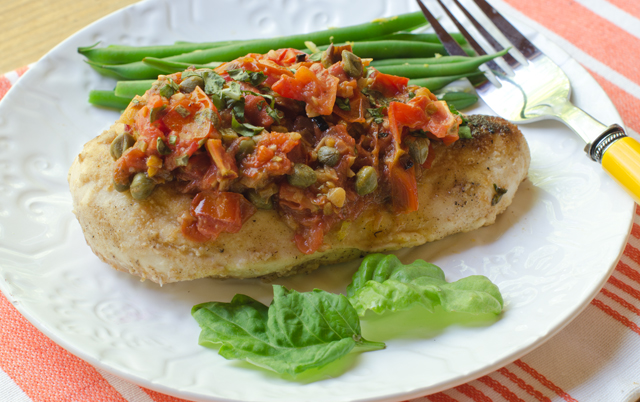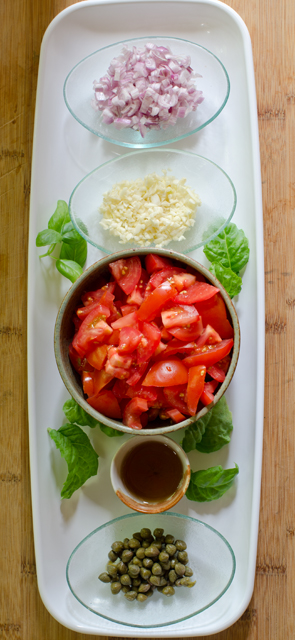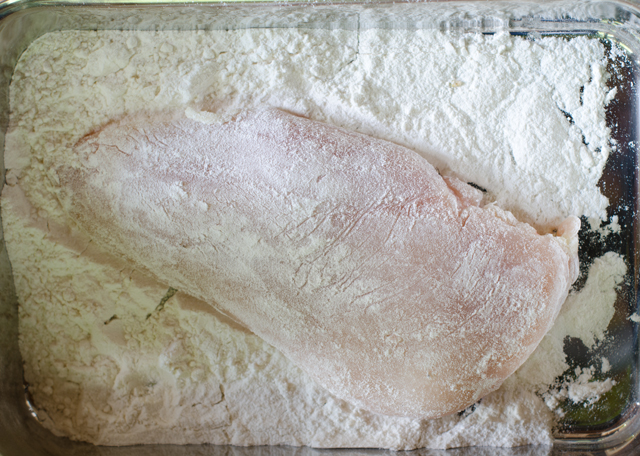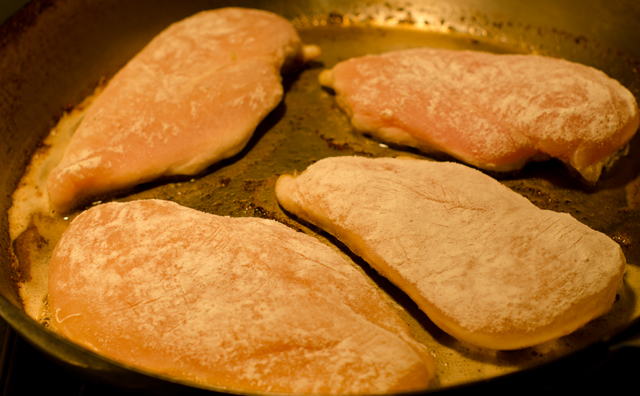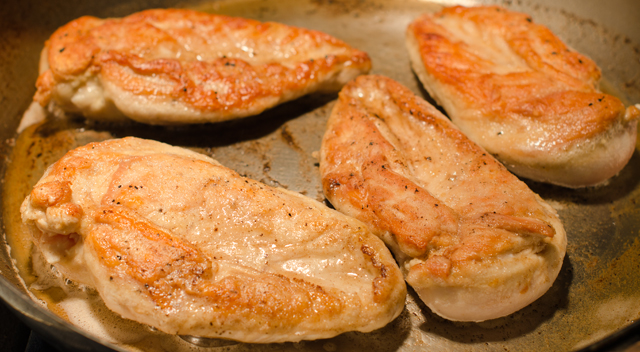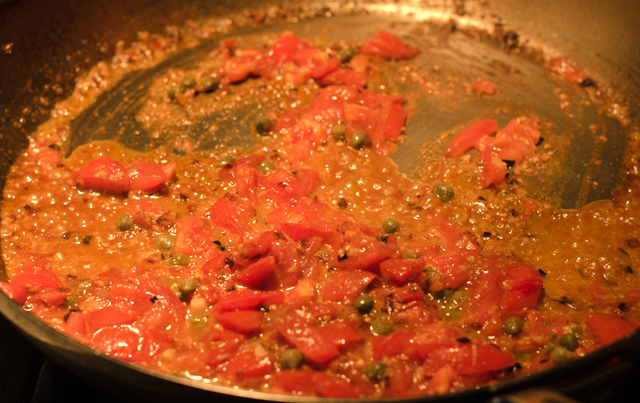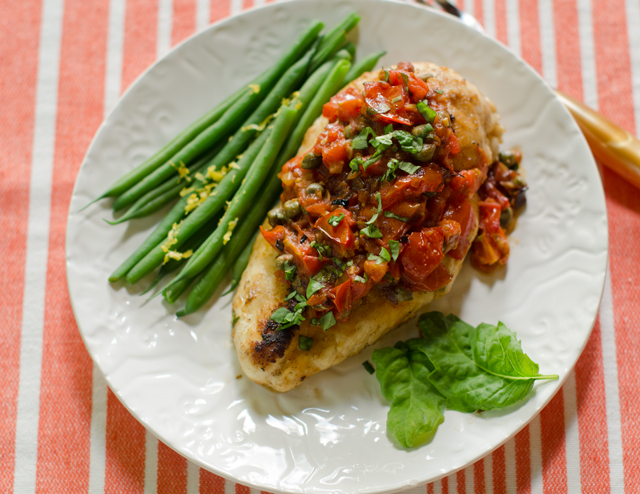Rain happens. And when it does day after day I am less likely to make my way out to the garden. Unfortunately that doesn’t stop the veggies from growing. A prime example of this is the bush and pole beans Back in the early spring it’s easy to dream of vines loaded down with beautiful slim beans. Haricot Verts, as the French call them, only need a quick steaming, finished with butter, garlic, thyme and squeeze of lemon.
The beans I picked that first day without rain were well beyond their haricot verts stage but still usable. Since we love just about every other vegetable roasted, why not green beans? Using the method I use for other vegetables, I was certain they would turn out great.
Start with about a pound of beans, we have green, yellow and purple beans this year. Purple beans are pretty on the vine but when you cook them they do not stay purple, they become a very dark green color.
After you have rinsed the beans lay them out on paper towels and pat them dry as possible. This will allow for the beans to be thoroughly coated with the olive oil. Place the beans in a bowl large enough to toss them in. Add a few tablespoons of olive oil and toss the beans well.Then add kosher salt and fresh ground pepper and toss again. Place the beans on a lined baking sheet spread out as evenly as possible.
Roasting time is a function of how old your beans are. Slimmer beans may only ten to fifteen minutes, larger ones fifteen or more. When I made the first batch I timed them for ten minutes and rotated the pan, then every five minutes so they wouldn’t burn. As soon as the beans are close to being done, take them out the oven and sprinkle with cheese. Return the pan to the oven to melt the cheese. Serve warm.
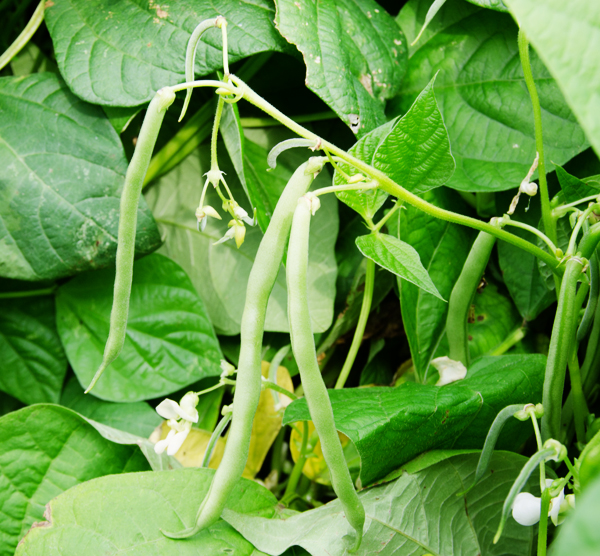
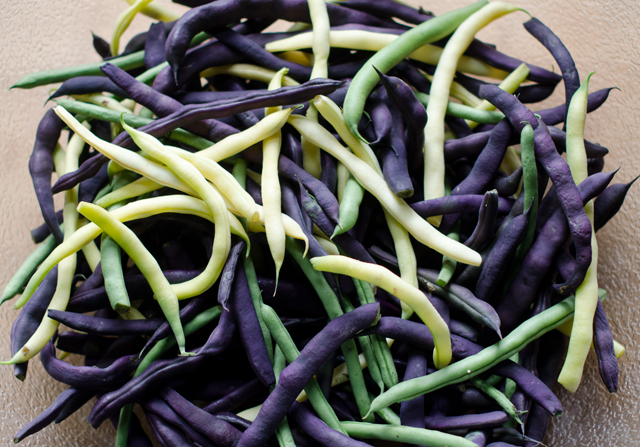
Roasted Green Beans with Parmesan
Ingredients
- 1 lb green beans, medium to large in size
- Extra virgin olive oil
- Kosher salt and fresh ground pepper to taste
- ½ c freshly grated Parmesan cheese
Directions
- Preheat oven to 425°F
- Rinse beans in a colander with cool water. Removing all stems and blemishes, then blot with paper towels to remove off excess moisture.
- Transfer beans to a bowl large enough to toss them in. Use enough oil to lightly coat all the beans. Sprinkle with kosher salt and freshly ground pepper and toss them again to coat.
- Put beans on a parchment lined baking sheet. Spread the beans evenly on the sheet.
- Roast for ten minutes, then pull out the oven and toss the beans in the pan again.
- Return the beans to the baking sheet and continue to roast until the beans are browned in spots.
- Remove pan from the oven and immediately sprinkle with Parmesan as evenly as possible. Return pan to the oven for a few minutes to melt the cheese. Serve warm.
